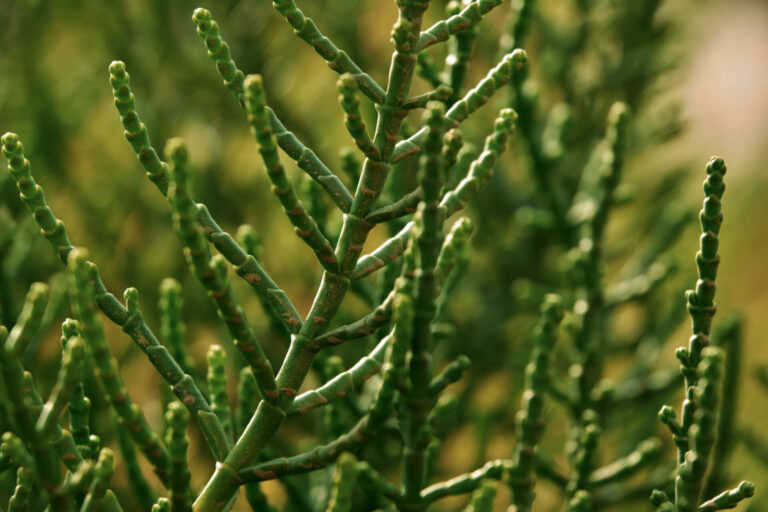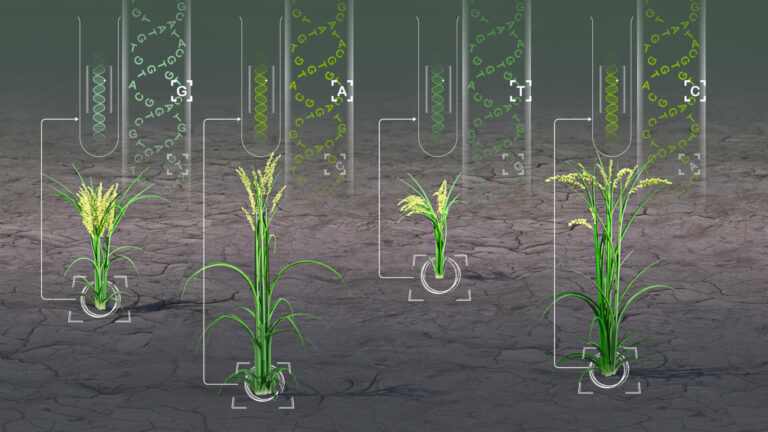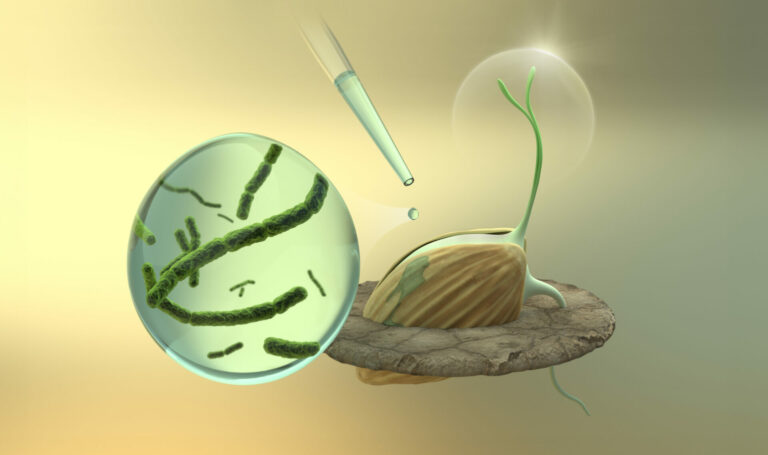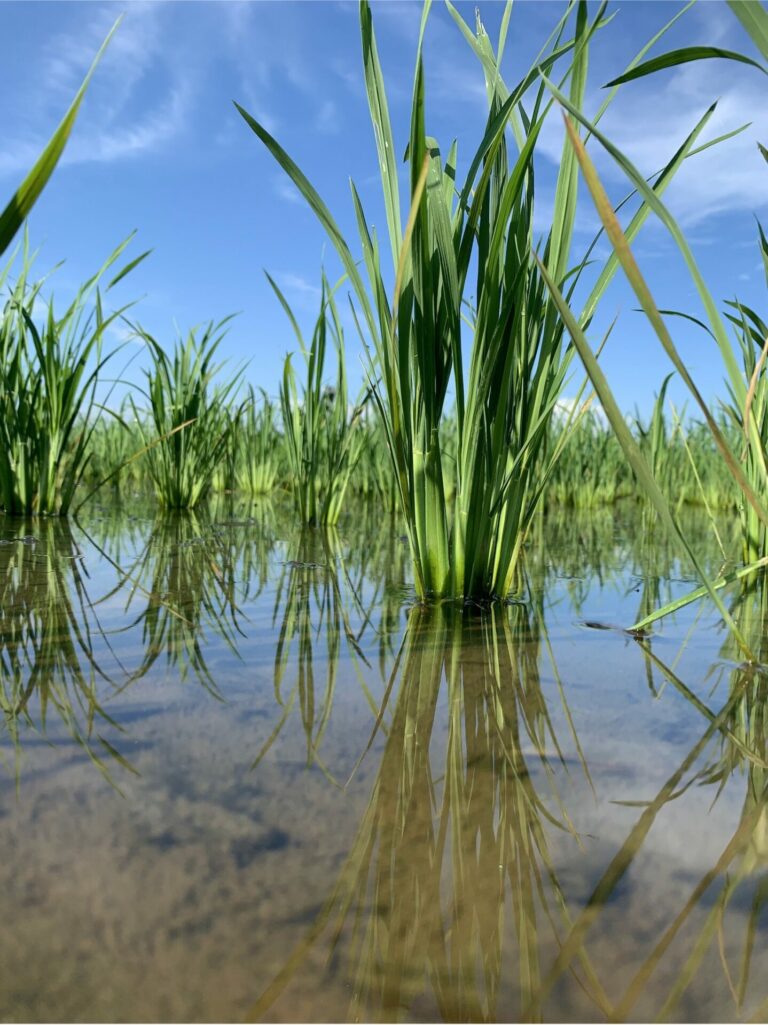Plant Science
Date palms picky about bacterial partners
Cultivated date palms have co-evolved with desert bacteria for so long that their roots attract the microbes that provide the best chance for a long and healthy life.

Bacterial DNA sequencing analyses show date palms that are cultivated over a vast stretch of the Tunisian Sahara Desert consistently attract two types of growth-promoting bacteria to their roots, regardless of the location. This finding could help with improving crop cultivation in a warming climate.
Many factors influence which growth-promoting bacteria associate with plant roots, including plant species, plant community diversity, agricultural practices applied and soil type. Research conducted on natural ecosystems shows that different types of wild plants attract different growth-promoting bacteria depending on their needs. Studies on conventional agricultural ecosystems have shown plant-root-bacteria associations vary according to the type of soil and the agricultural practices applied. Another KAUST study recently found that the roots of speargrass growing in the Tunisian desert aren’t picky at all: they attract whatever growth-promoting bacteria they can find in the surrounding resource-poor sand.
“But what happens in ecosystems where features of natural and agricultural environments converge, like in desert oases?” asks KAUST graduate Maria Mosqueira. “Under a climate change scenario, it is important to understand the role of microorganisms in arid ecosystems,” she explains.
Mosqueira, and colleagues working with Daniele Daffonchio, conducted microbiome analyses to identify the types of bacteria associated with the roots of cultivated Deglet Nour date palms in seven oases distributed over a vast 22,200 kilometer square stretch of the Tunisian Sahara Desert. The oases were located in contrasting environments: on the seacoast, in the mountains, among sand dunes and in the saline soil regions of the northern edge of the Tunisian Sahara Desert. Analyses of the ribosomal RNA gene were also conducted to test for the types of bacteria present in the surrounding sand/soil.
They found that the soil directly attached to the date palm roots was significantly modified compared to the surrounding “bulk” soil. And even though the dominant bacterial species in bulk soil varied from one location to another, date palm roots consistently chose to associate with the same two types of bacteria: Gammaproteobacteria and Alphaproteobacteria. These bacteria provide important services to the date palms—they promote the secretion of an important plant growth hormone and provide a protective effect against stresses, like drought.

The team found that the Sahara palm tree roots consistently associated with two types of bacteria.
© 2019 Ramona Marasco
“We hope that our study will lead to other microbial ecology studies on desert oasis ecosystems; one of the most productive, yet unique, agroecosystems,” says Mosqueira.
The research group has several existing projects investigating desert plants and their associated microbiomes. A future focus will be to better understand the molecular interactions between plant roots and microbes as well as find ways to apply this knowledge to provide protective and nutritional services to agricultural crops grown in arid regions.
References
- Mosqueira, M. J., Marasco, R., Fusi, M., Michoud, G., Merlino, G., Cherif, A. & Daffonchio, D. Consistent bacterial selection by date palm root system across heterogeneous desert oasis agroecosystems. Scientific Reports 9, 4033 (2019).| article
You might also like

Plant Science
Reference genomes for rice’s wild relatives may boost future crops

Bioscience
Digging into the world of plant-growth-promoting microbes

Environmental Science and Engineering
Hydrogen storage solution could lie in lakes

Bioscience
Unraveling modern bread wheat from the genes up

Bioscience
Why do some plants thrive in saline conditions?

Bioengineering
Analytic tool reveals more cream of the crops

Plant Science
Targeting seed microbes to improve seed resilience

Bioengineering




